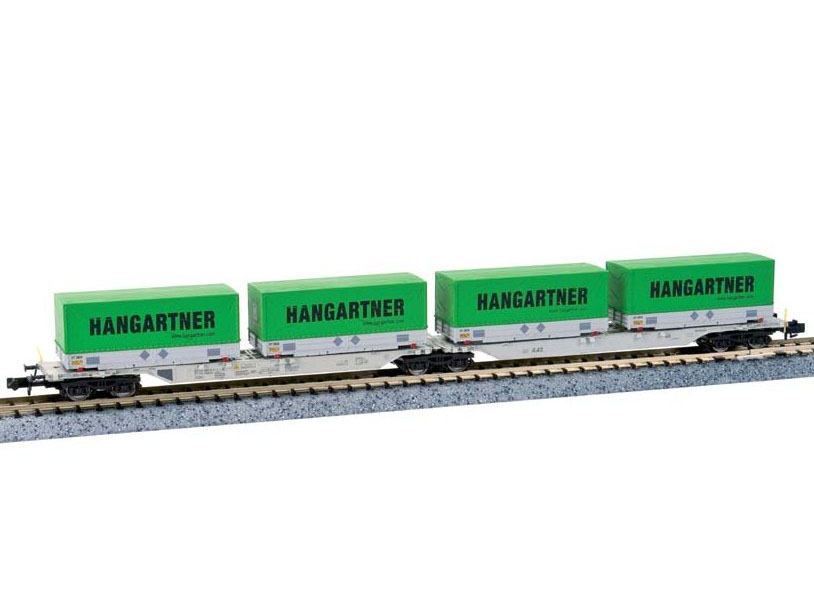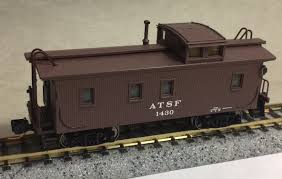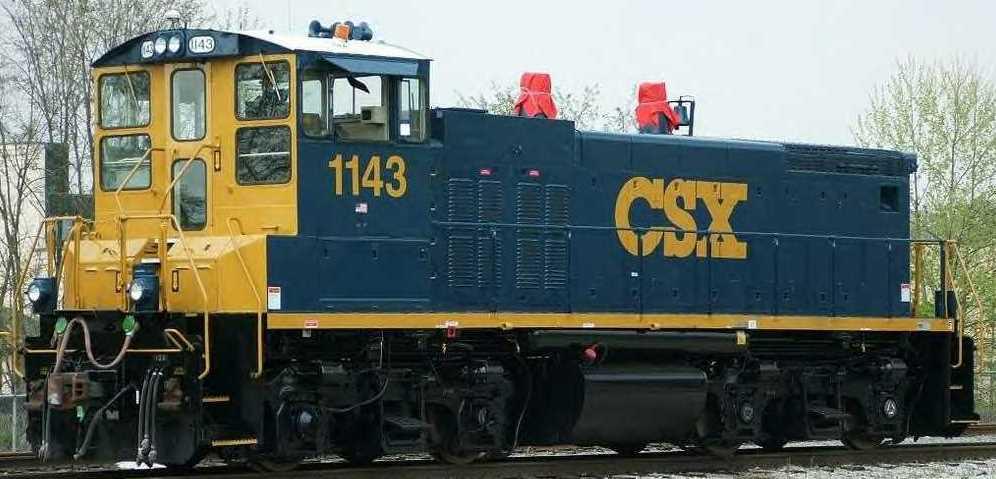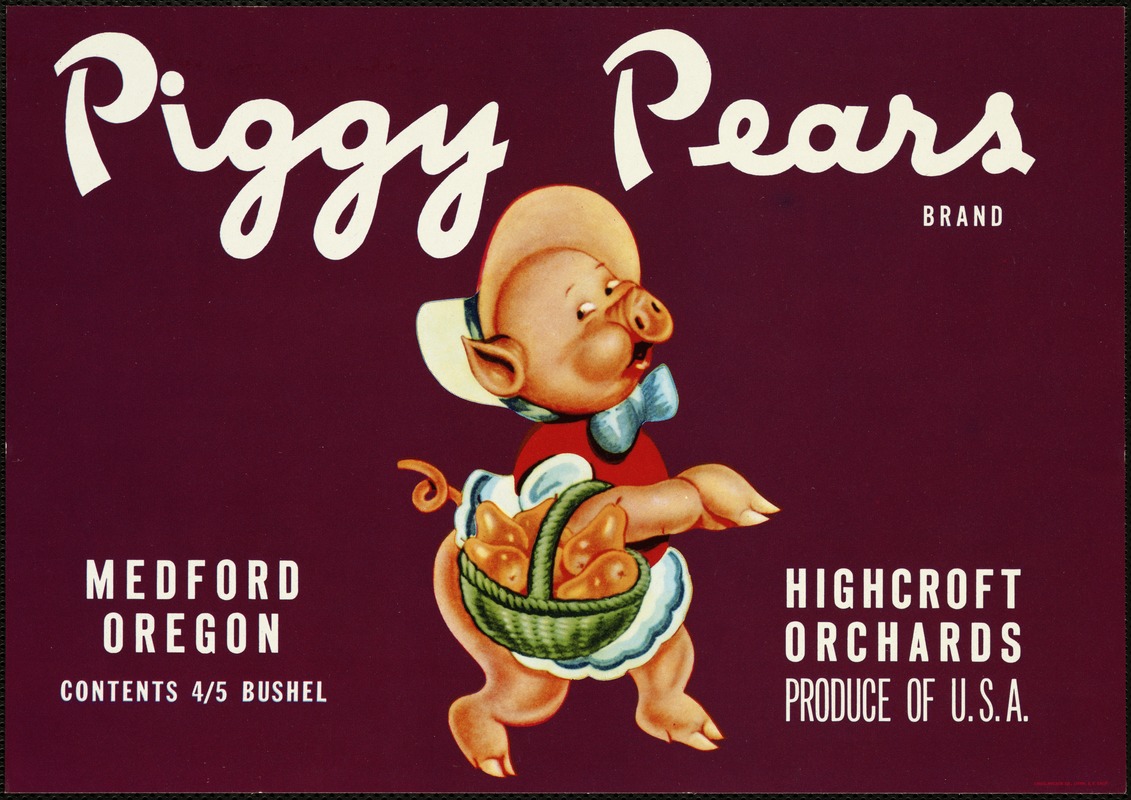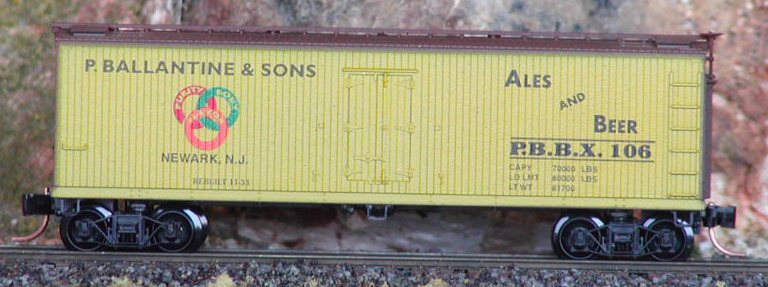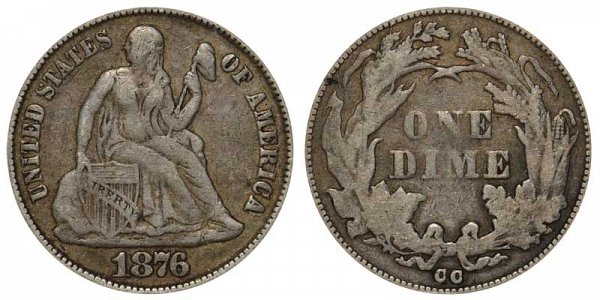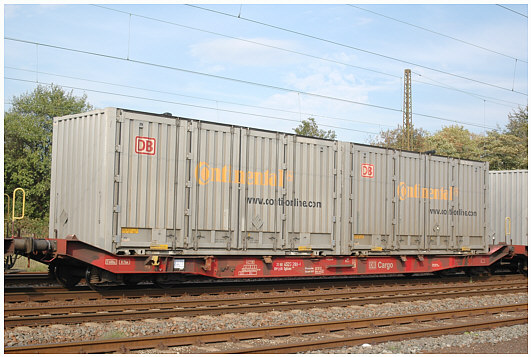Specific Item Information: Swiss Container wagons Sggmrs AAE Hangartner WP
Prototype History: The DB ordered from 1998 over 200 container wagons Sgkkms 689. The wagons were purchased specifically for the transport of over 3m high jumbo swap bodies. The loading area has therefore been lowered to allow transport of the containers in international traffic. The cars are in operation with one or two swap bodies, one or two 20-foot containers or a single 40-foot Loaded container.
As per UIC classification, Sgkkms stands for:
S: Special flat wagon with bogies
g: For containers up to 60 feet
kk: Maximum load on class C route: 50 t ≤ m < 60 t
m: Loading length: 15 m ≤ l < 18 m
s: Permitted in trains up to 100 km/h
As per UIC classification, Sgkkms stands for:
S: Special flat wagon with bogies
g: For containers up to 60 feet
kk: Maximum load on class C route: 50 t ≤ m < 60 t
m: Loading length: 15 m ≤ l < 18 m
s: Permitted in trains up to 100 km/h
Road Name History: The Bern-Lotschberg-Simplon railway (BLS), known between 1997 and 2006 as the BLS Lotschbergbahn, was a Swiss railway company. In 2006 the company merged with Regionalverkehr Mittelland AG to form a new company called BLS AG..
The Bern-Lotschberg-Simplon railway was the largest standard gauge network on the Swiss Railway system apart from the Swiss Federal Railways. The railway had not been built at the time that the Federal government took control of the five big Swiss standard gauge railway companies in 1902 and so it led a separate existence, being considered the largest of the Swiss "private" railways, although the majority of its capital was owned by the cantonal government of Bern, with the Confederation holding about one fifth.
From Wikipedia
The Bern-Lotschberg-Simplon railway was the largest standard gauge network on the Swiss Railway system apart from the Swiss Federal Railways. The railway had not been built at the time that the Federal government took control of the five big Swiss standard gauge railway companies in 1902 and so it led a separate existence, being considered the largest of the Swiss "private" railways, although the majority of its capital was owned by the cantonal government of Bern, with the Confederation holding about one fifth.
From Wikipedia
Item created by: Powderman on 2018-08-26 13:21:54. Last edited by gdm on 2020-05-31 18:08:07
If you see errors or missing data in this entry, please feel free to log in and edit it. Anyone with a Gmail account can log in instantly.
If you see errors or missing data in this entry, please feel free to log in and edit it. Anyone with a Gmail account can log in instantly.


